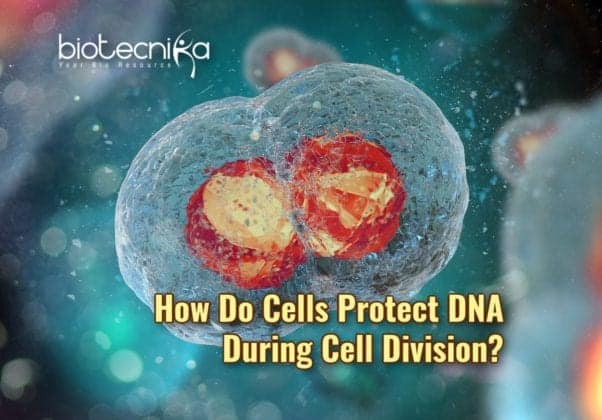Mitosis is a process in which one cell divides into two to replace aging and worn cells. As the cell divides, the DNA is duplicated so that each of the daughter cells has a copy of DNA. The chromosomes need to be equally divided into daughter cells; if not, genetic disorders and diseases like cancer can result.
Two sets of DNA must be moved to the opposite poles of the cell for cell division to occur. After the protective coating of the nucleus that normally contains DNA is disassembled, the chromosomes are separated by fibers. New nucleus forms around each set of DNA, followed by the splitting of the cell into two.
They discovered two important functions of the protein LEM2 in cell division. LEM2 is involved in creating seals in the protective coating of the new nuclei to shield DNA from damage, and it also recruits factors that disassemble the fibers responsible for separating chromosomes.
Katharine Ullman, Ph.D. of HCI and Adam Frost, Ph.D., of UCSF, spent their last six years on this work.
Colored fluorescent markers were used to label the fibers, DNA, and LEM2 to visualize LEM2’s role in mitosis. The team filmed the association of LEM2 with intact fibers until they disassemble. They saw LEM2 proteins along with other proteins (ESCRTs) concentrating and forming a gel-like seal at holes where fibers travel across the protective coat of the nucleus. This LEM2 “O-ring” safeguarded each set of DNA from material surrounding the nucleus by effectively sealing off the reforming nuclear coat.
Dollie LaJoie, Ph.D., a researcher in Ullman’s research group and a co-author of the study, said they were able to see this process that occurs over the course of five minutes during the cell division using their imaging techniques, which otherwise would have been very difficult to study.
To better explain the role of LEM2, both teams approached the project differently. Ullman’s team focused on this process in live cells while Frost’s team tried to understand more about the protein.
In other critical cell functions that LEM2 participates in, including higher-level DNA organization, this novel type of gel-like separation may prove important.
Frost and Ullman labs will now focus on investigating the link between DNA damage and improper nucleus formation. They will study how proper regulation of both nuclear repair and nuclear assembly is absent in cancer cells.

